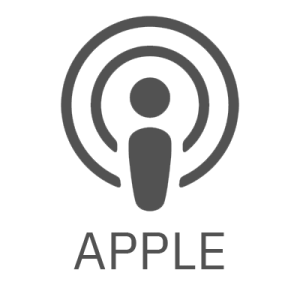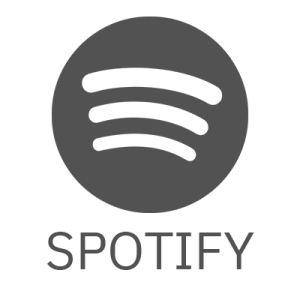The end of the school year is packed with obligations and events, but making time to pause, reflect, and plan for the upcoming school year is essential for continued growth. Join Dr. Janet Pilcher as she advises leaders to pause and reflect on organizational results and the alignment and consistency of leadership practices. Listen as Janet presents questions to guide leaders through this reflection, empowering them to plan for success in the year ahead.
This episode addresses questions such as:
- How does gaining feedback allow leaders to “get better at getting better”?
- What is the importance of pausing and reflecting before the planning process begins?
- How can leaders successfully measure that their priorities support the achievement of positive results, both organizationally and individually?
Latest Episodes
[Intro music plays in the background.]
Janet Pilcher: Hello everyone. Welcome to today’s show, Accelerate Your Performance. I’m your host, Janet Pilcher. We continue to focus on the outcomes, tactics, and tools in my book, Hardwiring Excellence in Education.
As we close and end this academic year, today we focus on the topic: pause and reflect. We’ll continue to focus on this topic over the next two weeks. Next week, I’ll interview one of our coaches, Dr. Kathy Oropallo, asking her about how she assists executive leaders with pausing and reflecting. And then I interview a superintendent that Kathy coaches to provide examples on pausing and reflecting with leaders in a school district.
So let’s dig in with pausing and reflecting. Pause and reflect opens opportunities for us to focus on how we are performing and how we can improve. We intentionally take time to study our results and ask questions about our work toward achieving positive outcomes. We determine changes we need to make to get better.
Gaining feedback by asking questions that help us pause and reflect provides a way for us to continue to learn and adapt. It’s a way of getting better at getting better. As leaders, we want to be at our best. And to do so, we need to determine how well we help the organization achieve positive results.
And how well we aligned ourselves as leaders to be a model for our employees, and how consistent we were with acting in ways where we made commitments to certain actions and behaviors and stayed true to those commitments.
Let’s view some questions we asked focused on organizational results and leadership practices and focusing on ourselves as leaders being reflective about our leadership.
First, let’s focus on organizational results. At the end of the year, we round out where we ended the year with key results, what we refer to in those key results with the scorecard. We look at our scorecard measures and at the end we’ll score where we ended. We’ve been looking at progress along the way, but at some point, there’s a closing time and we score our scorecard.
We ask, where did we end with our key student success measures? Where did we end with our employee workplace measures such as attendance and retention, satisfaction and engagement? Where did we end with our customer service measures? Measures of service we provide to each other in departments and units? Service we provide to students, how engaged our students are in our student engagement? Service we provide to parents and families, their parent satisfaction. And service we provide to our community? These usually come in the form of community impact measures.
I was just with Dr. Angela Bush, who led Erwin Middle School for four years, and it was a school of great need. She looked at very specific outcomes, and one of the outcomes that she focused on and improved in her school was around discipline and getting students to school.
She had unbelievable positive outcomes about reduction of discipline centered variables, as well as improving attendance in her school. And she told a story. She told me that she was talking to the local sheriff and he said, when we were deploying going into the year, when we’re deploying where we have the need to put most of our units, he said, “your community used to be one of the top, the surrounding community, but that’s not the case anymore.” That is community impact measurable by the reduction of crime and the need to have patrols in a community.
We also reflect on our actions and processes that relate to how well we achieved those results on our scorecard. We ask, how did our priorities support achieving results and how do we know? Did we work on the right things? How do we know? We always ask, “how do we know?” It’s not just a yes or no answer, but it’s how do we know?
Let’s look at it. Did we assess our progress well along the way and how do we know? Did we review what’s working well and where we had challenge? How did we know? Did we use data and input from people to know where we had deeper problems, and did we apply a process to solve those problems? With those deeper problems, did we use data to define the problem? Engage in meaningful conversations about possible solutions? Apply those possible solutions and test them, assess the progress as we’re testing them, and then use that data to determine whether we adopt, modify, or abandon the solution?
Second, let’s focus on our leadership practices throughout the organization. At the end of the year, we reflect on our leadership practices. Let’s reflect on leadership alignment and consistency of leadership practices. How aligned are we as leaders throughout the organization? We ask that question and we ask, how do we know and what examples should show us where we have good alignment and where could we improve? Where are we not aligned?
We also ask, how consistent are we as leaders when we commit to an action or behavior? How consistent do our leaders apply those actions? How do we know? What are some positive examples? Where could we improve? Where were there times when we weren’t consistent and why not? What do we have to do to get consistent?
And finally, we have an opportunity to self -reflect on our own leadership practices. We may ask, what did I do well as a leader this past year? And how do I know? Where did I have challenges? What could I do to improve? And what actions will I take to improve as I end this year and go into the next?
So why do we pause and reflect? As we summarize today, let’s think about how valuable pausing and reflecting is. We want to celebrate our victories and successes. That’s important. That’s where we start. We want to assess what we accomplished. We want to understand where gaps are and how to adapt our actions to close those gaps so that we don’t have those same gaps in the subsequent year. We want to learn from where we didn’t hit the mark.
We want to connect what we learned in the year to how that influences where we go in the future, where we’re trying to get to, and how do we know how what we did this year helps us get there and how do we need to take those next steps to get to the place where we’re trying to achieve.
As we get closer to the end of the year, take time with your team and yourself to pause and reflect. It’s a great way to close one year and open another. That’s how we get better at getting better.
[Outro music plays in the background.]
Thank you for tuning in today. I hope you join us next week and every week on Accelerate Your Performance. Have a great week, everyone.
Janet Pilcher: Thank you so much.








